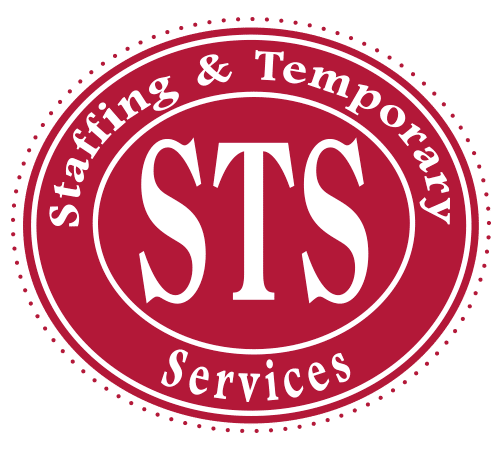Putting together a winning resume is the first step in grabbing the attention of a potential new employer, but the other key component in setting yourself apart from the competition is a cover letter that gets results — for both full and part-time jobs.
Many think cover letters are outdated, but the power of submitting a description tailored specifically to a certain company and/or position highlighting how your exact skills are a great match for the job should not be underestimated.
In a world of digital communications, setting yourself apart in some meaningful way can only help you in your job search by adding color and life to what has often come to be a bland and faceless process. By laying out exactly how you think you’re a great fit for the role, you’ll help set yourself apart from other candidates who may not have taken the time to craft their own cover letter.
So, whether your cover letter is actually typed on paper, included as part of an online application, emailed, or communicated in some other way, it’s still important.
What are the steps to write a cover letter?
Let’s take a step-by-step look at how to write a cover letter that effectively highlights your skills and qualities.
Step 1: Determine your target audience.
Spend some time researching who the actual decision maker is and address your cover letter to that individual person. While you can’t always determine who that is, the fact of the matter is that if you can send an application/resume and cover letter to someone specific, it will demonstrate your interest for the position and will ultimately make a greater impact.
Step 2: Write the content of your cover letter.
Before you get started, consider the following: How does your experience and personal skill set mesh with the needs of the company and the deliverables of the job, as outlined in the job description? Look at all of this from the hiring manager’s viewpoint. Put yourself in that person’s shoes. If you were making the hire, what would you be looking for? What makes you the one who will return the greatest bang for the buck? Be specific and include examples from your past experience that would be important in this new role.
Along with your relevant work experience, be sure to note your work ethic, and other personal qualities that might make you stand out from the rest. This is especially important if you’re new to job seeking.
Step 3: Ask for an interview.
The function of your resume and the cover letter is to garner enough interest to secure an in-person meeting. The old adage in sales is, “Never sell on the phone,” which means that you want to set an appointment and get in front of your prospect before you start selling. The same holds true when looking for a job. Your cover letter needs to include a call to action, so be sure to explicitly state that you’d like an interview, because most people don’t.
Step 4: Follow up.
In conjunction with point 3 above, you need to follow up on the submittal of your application/resume and cover letter. Pick up the phone and make a call. When you get a live person on the other end, ask for an interview. You would be amazed at how many people take the time to carefully craft their resume and a cover letter, send it out, but never follow up. In a competitive marketplace, the person that actually ends up getting the job is often the one who expressed the greatest interest. Always remember that fortune favors the bold. Always take the time to follow up and follow through.
How to write a cover letter for a part-time job
You might be wondering if cover letters are necessary for part-time positions. Even if the job you’re applying for isn’t a full 40-hour week position, it’s still critical to take a little extra time and effort to show the employer that you’ve done your research and clearly are interested in the work. How you’ll write your cover letter will look much like the one you’d write for a full-time position.
- Introduce yourself: what made you interested in the role? Who are you, and what are you currently doing?
- What are you looking for in a job?: Give a look at your availability — how flexible is your schedule and what kind of hours are you hoping for?
- Detail your experience: how does your past experience compliment this role? If you don’t have any direct experience, use lessons you’ve learned from volunteering, education, etc. and apply them to the job listing.
If you can clearly communicate that you’ve researched the company and role you’re applying for, and you show how you’re uniquely qualified for the position, you’re showing the prospective employer you’re willing to go the extra mile. In a world of easy online applications, simply putting in a little effort to craft a cover letter is sure to grab the attention of the hiring manager. Looking for more job seeking tips? Read more job seeker resources or jump in and find a new job.



